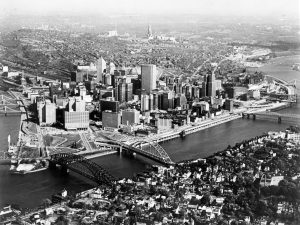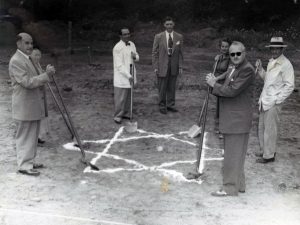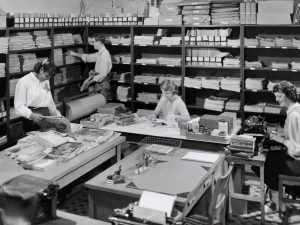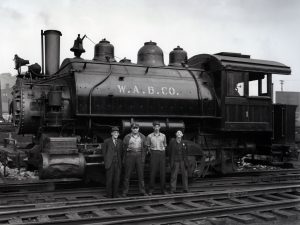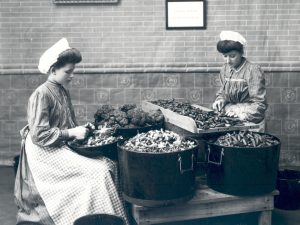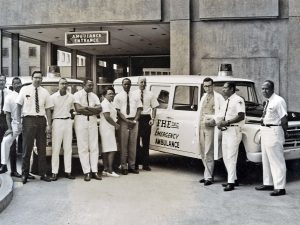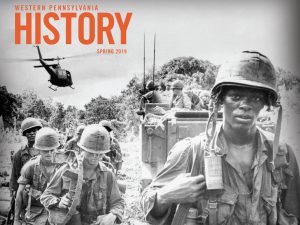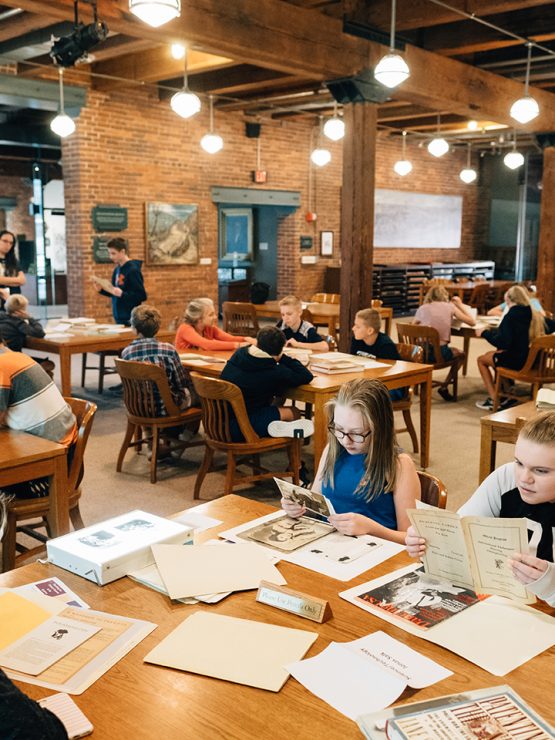
Research the Collection
The History Center is committed to collecting, preserving, and providing access to materials that document the stories of Western Pennsylvanians over the past 250 years.
Our materials range from the extraordinary — the original set from the iconic television show “Mister Rogers’ Neighborhood” — to the quirky — a piece of hair that may or may not be from the head of George Washington — to the everyday — photographs of family gatherings and yearbooks from yesteryear.
In addition to general collections, the History Center also has special initiatives for the collection of ethnic artifacts, including the African American Program, the Italian American Program, and the Rauh Jewish Archives.
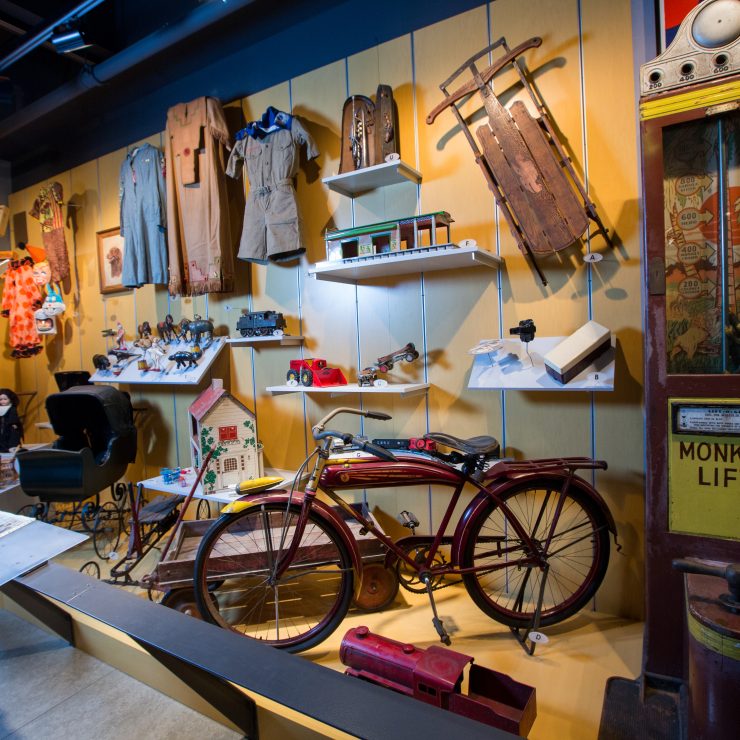
Museum Artifact Search
With more than 50,000 artifacts in the collection, the History Center has a wide variety of materials and objects that document life in Western Pennsylvania.
Detre Library & Archives Resources
Library Catalog
The Thomas & Katherine Detre Library & Archives offers a non-circulating collection of materials documenting life in Western Pennsylvania. Search our online catalog for books, archival collections, periodicals, and more.
Historic Pittsburgh
Digitized Archives
Historic Pittsburgh comprises primary and secondary sources about the greater Pittsburgh region, including a wide range of publications, maps, manuscripts, visual images, and audio-video materials, that support personal and scholarly research.
The Jewish Encyclopedia of Western Pennsylvania
The Jewish Encyclopedia of Western Pennsylvania is a descriptive record of Jewish history in Western Pennsylvania. This online encyclopedia provides basic information about hundreds of Jewish people, families, congregations, organizations, charities, businesses, and events going back to 1755.
Library & Archives Finding Aids
Finding aids provide descriptions of the contents and creators of archival collections. Search over 900 from the Detre Library & Archives at Historic Pittsburgh.
Explore More History Center Resources
Digital Collection Highlights
Interested to learn more about the various collections we have at the History Center? Check out highlights from our digital collection.
Google Arts & Culture
Explore the History Center’s collections – including presidential history, Mister Rogers’ Neighborhood, and vintage valentines, and Heinz Company history – on Google Arts & Culture.
Making History Blog
The History Center’s blog features posts on Western Pennsylvania History, from the desk of the Library & Archives, collection spotlights, & more.
Western Pennsylvania History Magazine
Western Pennsylvania History is the region’s oldest continuously-published magazine. History Center members receive a free subscription to the award-winning quarterly publication.
Databases and Resources
The library and resources has other databases that can help with in-depth research and learning more about Western Pennsylvania History.
Bibliographies
The following bibliographies list manuscripts and published materials held in the Detre Library & Archives relating to or including information on specific topics, such as genealogy, major U.S. wars, and immigrant groups. Please note that the following are not intended to be comprehensive in scope. Additional bibliographies will be added as they are created.


